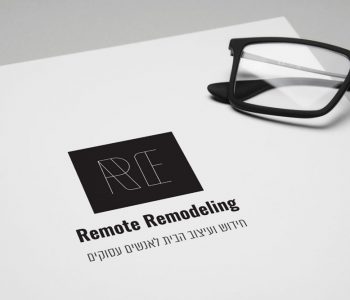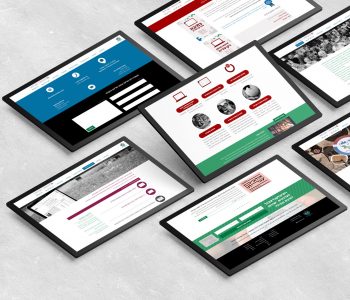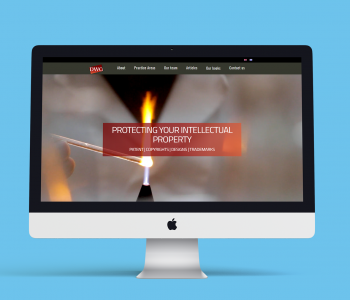The two most important digital assets for any business today are the website that serves as the central anchor of the business online, and the landing page(s) that are used to advertise the business in all paid promotion channels.
Who needs a website? And when does a business need a landing page and when does it need a website?
Today, every business needs a branded, designed, and marketing-planned website that presents the business, its products, and services in the best possible way. The website does not only need to be aesthetic, pleasant, and designed, but also built according to advanced user experience standards that will allow visitors to easily and quickly find what they are looking for.
Today, it is clearer than ever that our digital presence is an inseparable part of the business, and the website is the anchor that stands at the center of the marketing efforts of the business.
The question “does my business need a website” is no longer relevant. The unequivocal answer is yes. And the question that needs to be asked is – how can we build a website for the business that meets the most up-to-date requirements and standards of digital marketing today?
What is the difference between a website and a landing page?
When we talk about a landing page, as opposed to a website, we are talking about a single web page with a very concise and focused purpose – usually for promoting a very specific product, as opposed to a comprehensive website that presents all the services and products that the business has to offer.
Think of a website as a diverse store with a large display window showcasing the variety of products the business offers (the homepage of the website), and inside, there are different sections, each dedicated to a different product category. On the other hand, a landing page is more like a pop-up shop that opens temporarily to promote a specific product or service, and then closes once the promotion is over.
Landing page can be a specific page on your website, and it can be an independent page that contains a very focused and specific offer, depending on your needs and what you want to promote.
When is it possible to suffice with a landing page, and when is a full website necessary?
A landing page is typically used for a funded advertising campaign (such as Google AdWords or Facebook Ads), because when we invest money in bringing traffic, we want to ensure that every penny we spend is targeted towards the goal we are spending it on.
Our website is the focus of our long-term activity – where we add new products or services, upload articles and guides related to our business field, and it is the business focus that will serve us for organic promotion (in Google search results).
Okay, I understand – so we’ll make a landing page, isn’t that enough?
A landing page is a term used to describe the web page that a user arrives at as a result of clicking on a link – it could be from a paid advertisement on Google or Facebook, an organic search result, a link sent in an email or message. The way the traffic enters is less important (in fact, it’s actually very important) and it is important to understand that this is the page where the user “lands” after being directed to it to receive information about something.
A landing page can be a specific page on your website, and it can be a standalone page that contains a very targeted and specific offer, depending on your needs and what you want to promote.
Since landing pages are primarily used in funded campaigns, we want to focus the attention of the visitor on a very specific goal in order to ensure effective use of our advertising budget.
But the goal of the site is much broader than that!
The company’s website is designed to create an emotional and business connection with the visitor – to present who we are, what we have to offer and say – and this requires a different approach altogether.
Okay, I’m convinced I need a website. What do we do now?
Now it needs to be understood that the era of the “5-minute website” is over. Today’s visitors have expectations and needs on the one hand, and very little patience on the other. The average visitor makes a decision within 5-8 seconds whether to stay on the site they entered or not. To catch the visitor’s attention, browse and be exposed to our content world, a deep understanding of three different domains is required: planning, design and establishment of a successful business website.
How does the website building process work?
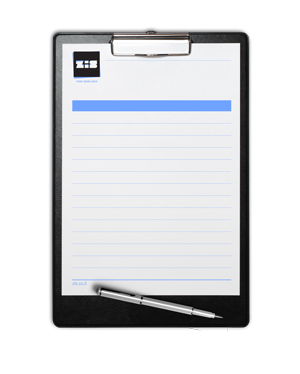
1 | Business research
At this stage, we will meet for a cup of coffee, either at our place or yours, and get to know you and your business. We will talk about your products and services, define together what your business goals are, understand in depth the target audience of your business and their unique characteristics, and most importantly - learn and sharpen the business and marketing goals that the website is intended to achieve.
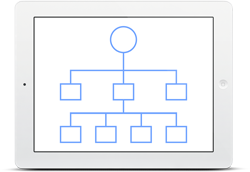
2 | Site characterization and design
Just like an architect plans a house, from the frame and structure to the finishing touches, so the process of building a website unfolds. In the characterization stage, we will plan the site's frame - the types of pages it will have, the unique structure of each one, the amount and type of content they will contain, and the links between them. A precise characterization of the site, even before the design, is our way of ensuring that the site will be accessible, convenient, and inviting to surfers, so that it will lead you to contact us in the end. The design stage is where we "dress" the website in your brand identity. Choosing colors, images, and other graphical elements with the aim of creating the visual and perceptual connection between the business and brand to the website, and ensuring a consistent identity throughout all marketing channels.
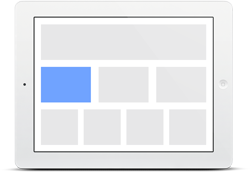
3 | Site construction
At this stage, one of the talented programmers we work with will implement the plan and build it in practice on the appropriate platform. Whether it's WordPress (the popular content management system worldwide), Wix, or another platform that will be chosen according to the needs of the business.
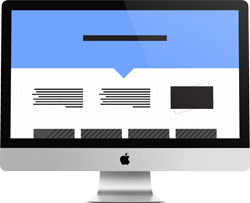
4 | Content Entry and Deployment
This is the final stage where we fill the 'house' with 'furniture'. Actual content entry to the website - texts, images, videos, or any other content that will make it a finished product, and after entering the content, it's deployed to the web!


